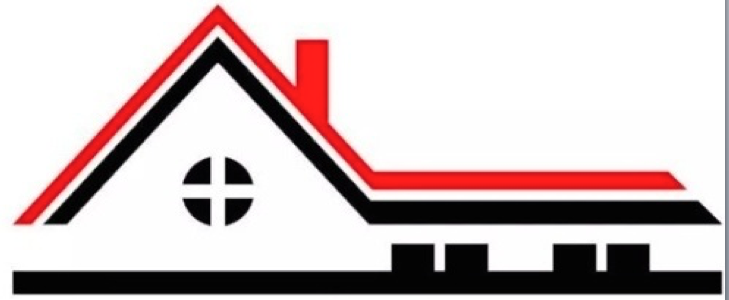All about sandpaper, abrasive …
Paints, varnishes and finishing require mostly a bottom (application area) perfectly smooth to produce the best effect. Whether wood, metal or masonry, a good sanding is essential. Carefully chosen, the abrasive must be used wisely, by hand on small or delicate surfaces, the machine on flat and slightly fragile large surfaces.
CHARACTERISTICS OF ABRASIVES
What is an abrasive?
This is a very hard material, mineral or synthetic origin, comminute. Glued on a rigid base paper or canvas support, they give rise to ” coated abrasives “commonly used to sand in the DIY and building work on dry and flat surfaces .
The abrasive paper is suitable for many tasks including the removal of rust, metal and wood paint, preparation or cleaning wood surfaces for the application of paint or stain, sanding irregular surfaces and polishing gemstones.
Roughness
It depends on the composition and grain size. Most grains are, the more they are fine. Thus a 240 grain is four times finer than 60 grit.
Good to know: The higher the number associated with the grain, the higher the grain is small.
Different media
The nature of the support on which the grains are glued must match the type of work to be undertaken and the tool used.
Paper supports: most are reserved for routine work and manual applications.
Cloth media (made of cotton, polyester or vulcanized fibre) for work machine because they are more resistant to heat and tear.
If you were to visit www.housepaintersmelbourne.net you will find out more about the different abrasives used for preparing the surface to be painted.
SYNTHETIC OR NATURAL GRAINS
Natural abrasives
Flint gives rise to the famous “sandpaper”. It is best used on bare wood and hand.
Corundum on paper or canvas: also suitable for sanders. Combined with the zinc stearate, the paper is corundum antifoulant. Which allows use by hand or machine on coatings, sealants and paints?
Shabu: be more complex curves or surfaces (with protrusions, edges …), metals and intensive sanding by hand.
Abrasive synthetic
Harder and more wear resistant.
These are synthetic corundum, aluminous abrasive zirconium oxide, carborundum (silicon carbide). All suitable for intensive sanding, by machine or by hand.
Good to know: Use of anti-fouling for the work of stripping paint, varnish paper … For sanding (ginning) on metals, plastics and paints, using paper “water” (waterproof).
GRAIN SIZE
Besides the nature of grains, it is defined that the size of an abrasive roughness. Less grains are, the more they are bigger and the abrasive is “aggressive.” Their name may vary from one manufacturer to another, but they are divided into grades.
Extra large (16-40). rough surfaces, very dirty or with major damage (dents, deep scratches …).
Large (50 to 60). scratched or stained, large defects of paints and varnishes Fund.
Medium (80-100). delicate surfaces (meubles. ..), blemishes and imperfections less marked.
Medium-fine or fine (120-150). Sanding final or intermediate before applying the finish.
Fine or (180-240). Final sanding or sanding between coats of paint or varnish.
Extra-fine (280 to 400 or more). Ginning between coats of varnish or lacquer shiny and / or dark.
Good to know: From 400 abrasive best suited to the body, and the model for work.
Tip: Depending on the state and nature of the surface to be sanded, the desired appearance is rarely obtained in a single operation.most often must start with a medium or coarse abrasive and finish with a finer grain.
